718 State enterprises remain
| The process of SOEs’ equitization is slow and not substantive | |
| A new Decree on equitization of SOEs introduced in December 2016 | |
| Could SOEs dissolve after 3 straight years of loss? |
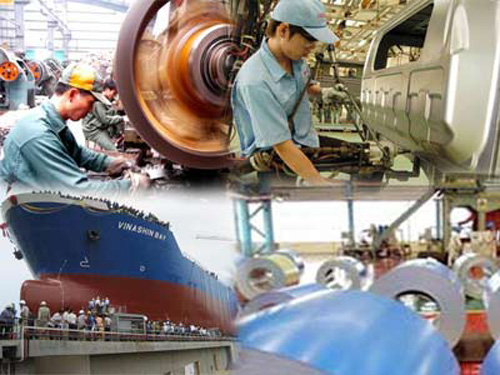
Equitization of SOEs in 2011-2015 has achieved many important results. Photo: Internet
Accordingly, in 2001, there were about 6,000 SOEs in the country, the number of SOEs in 2011 was 1368, then fell to 718 at the end of October 2016.
Furthermore, the reorganization help SOEs to focus on the industry, key sectors, essential for national defense and social security. In 2001, SOEs spread across 60 sectors, but now only 19 sectors; with medium and large scale at the majority.
Despite the small number (0.67% of all companies) SOEs still contribute substantial budget to the State, the largest contributor to GDP (SOEs: 28.8%, non-state enterprises: 11.8%; FDI enterprises: 17.9%).
The Report of the Steering Innovation and Development Enterprises Committee also showed that in 2011-2015 the country re-organized 591 SOEs (reaching 96% of the plan), of which, 499 enterprises were equitized and parts of enterprises (96.3% of the plan), mergers of 48 enterprises, 17 enterprises dissolved, 8 enterprises bankrupt; 10 enterprises sold, and8 enterprises were converted into multiple members limited companies.
Thus, the total re-organized SOEs so far is 5,950 businesses, and 4,460 equitized enterprises and parts of enterprises. By the end of October 2016, only 718 SOEs remain (60 SOEs re-organized in the first 10 months of the year).
After equitisation, all SOEs have increased operational efficiency, many companies increased total assets, total equity, creating a positive impact on the economic - society development of the country.
Accordingly, the Ministry of Finance summarized the operation results of 350 enterprises after equitization in 2015 which showed that compared to the year before equitization, profit before tax increased by 49%, budget contribution increased by 27%, charter capital increased by 72%, total assets increased by 39%, revenue up 29%, and the average income of workers increased by 33%.
Although achieving positive results, the report shows that there are still some SOEs which did not complete equitization at the end of 2015 as scheduled, many SOEs are equitized but unlisted, and transaction registration as prescribed.
Moreover, the divestment results in other industries and in enterprises that the the State does not need to hold is still lower than demand. In 2011-2015, the economic groups and State corporations have just quit 42% of total and must quit capital of 5 sensitive areas such as securities, banking, insurance, finance, and real estate.
In particular, the dissolution, or bankruptcy of weak enterprises wastes a lot of timeand resources, and there are cases that have stretched over 10 years. In 5 years of implementation only 9 enterprises were bankrupt, but still not completely settle prolonged enterprise losses.
Therefore, in the targets and tasks of 2016-2020, the Government identified, enterprises that the State holds 100% controlling share and capital should only be maintained in key, essential areas. These enterprises need to improve capacity, operational efficiency and competitiveness; strengthening leadership staff, management and administration capacity in accordance with international standards; empowered to have increasing responsibilities; managed, closely monitored; publicity and transparency of production and business; equality for enterprises of different economic sectors.
Enterprises that the State does not need to hold 100% of the capital or controlling shares must perform State equitisation, and divestments under the market mechanism; ensuring openness, transparency and efficiency, avoiding loss of capital and property of the State.
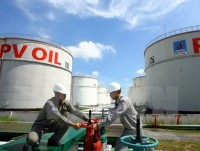 |
SOEs remain biggest tax payers in 2016: rankings
State-owned enterprises (SOEs) remain the biggest tax payers in Vietnam as they make up nearly 60 percent ... |
Thereby, performing socialization and reallocation under the market mechanism of State resources of manpower, land, natural resources, the elements of natural monopolies and other advantages to facilitate the strong development for private enterprises, and motivationally improve the efficiency and competitiveness of the economy.
Related News

Ho Chi Minh City achieves record state revenue of over VND500 trillion in 2024
10:33 | 10/12/2024 Finance

Multiple drivers propel positive growth in budget revenue
10:33 | 05/12/2024 Finance

Fiscal policy needs to return to normal state in new period
09:54 | 04/11/2024 Finance

Risks for the economy when cash flow has not yet been put in to production and business
10:49 | 07/10/2024 Headlines
Latest News

Ensuring financial capacity of bonds issuers
11:09 | 26/12/2024 Finance

Finance ministry announces five credit rating enterprises
14:54 | 25/12/2024 Finance
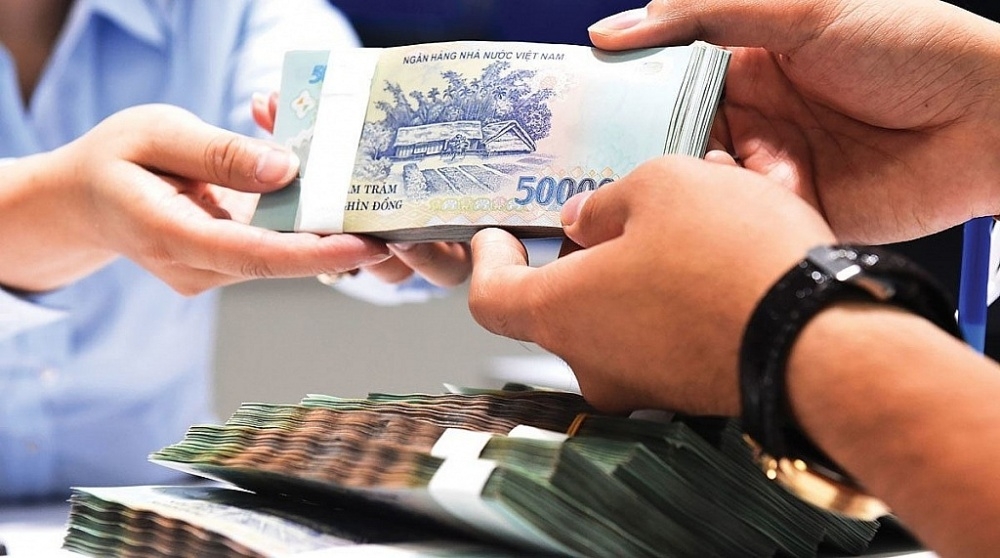
The capital market will see positive change
09:44 | 25/12/2024 Finance

Corporate bond issuance value rises by 60 per cent
13:51 | 24/12/2024 Finance
More News
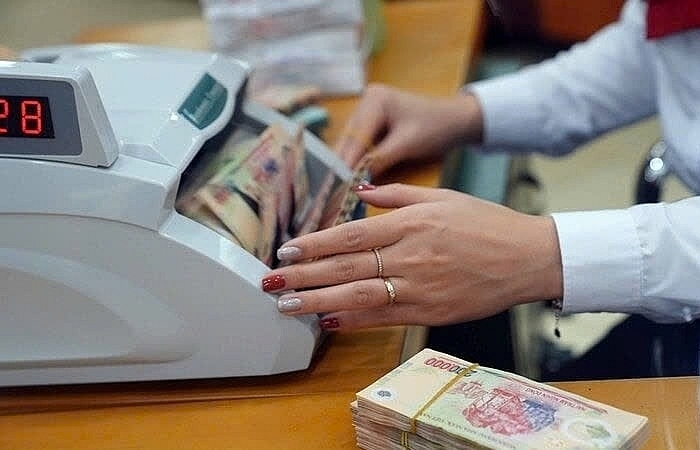
Slower mobilization than credit may put pressure on interest rates
09:02 | 24/12/2024 Finance

Fed’s foreseen rate cuts affect foreign exchange rate
14:12 | 23/12/2024 Finance
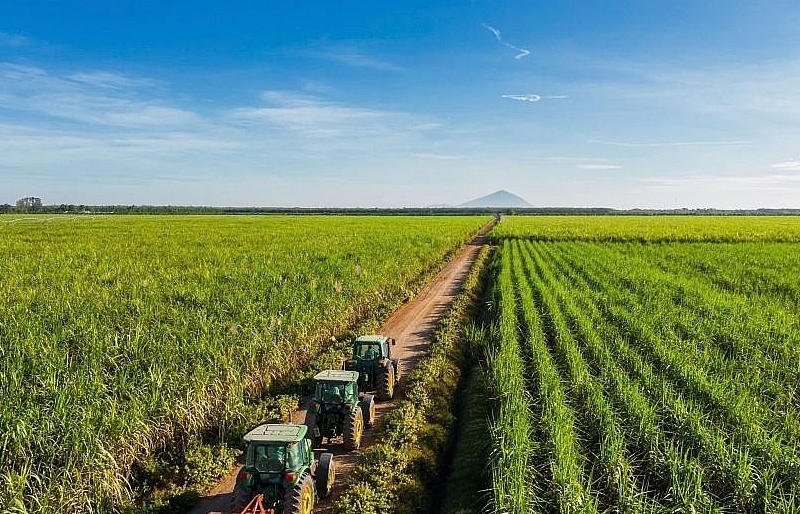
Untying the knot for green finance
11:08 | 23/12/2024 Finance
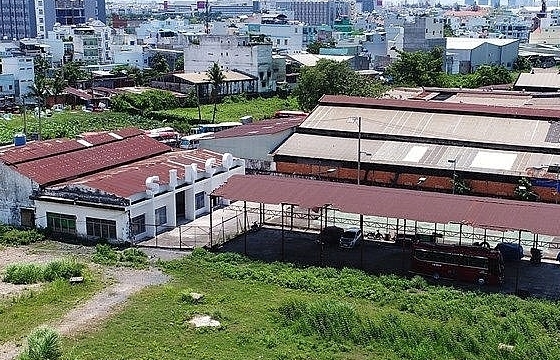
Ensuring efficiency and transparency in use and management of houses and land at State enterprises
13:54 | 22/12/2024 Finance

Vietnam's stock market to develop strongly and sustainably
19:08 | 21/12/2024 Finance

Tax sector achieves revenue target of about VND1.7 million billion
18:32 | 21/12/2024 Finance

General inventory of public assets raises efficiency of use and management of country's resources
09:29 | 20/12/2024 Finance
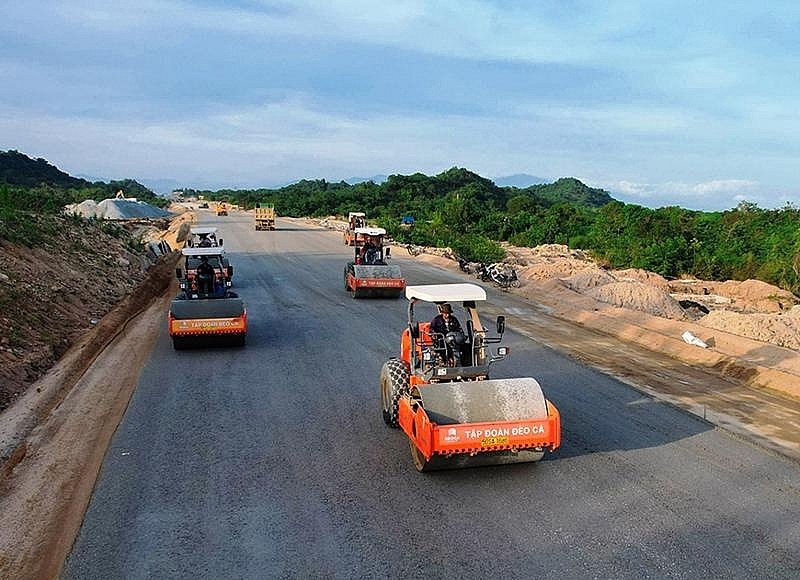
Publicizes progress of public investment disbursement for important national projects
15:21 | 19/12/2024 Finance

Six SOEs to be transferred back to industry ministry
15:38 | 18/12/2024 Finance
Your care

Ensuring financial capacity of bonds issuers
11:09 | 26/12/2024 Finance

Finance ministry announces five credit rating enterprises
14:54 | 25/12/2024 Finance

The capital market will see positive change
09:44 | 25/12/2024 Finance

Corporate bond issuance value rises by 60 per cent
13:51 | 24/12/2024 Finance

Slower mobilization than credit may put pressure on interest rates
09:02 | 24/12/2024 Finance



